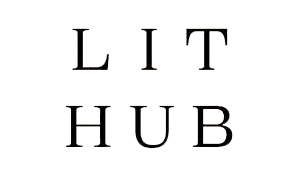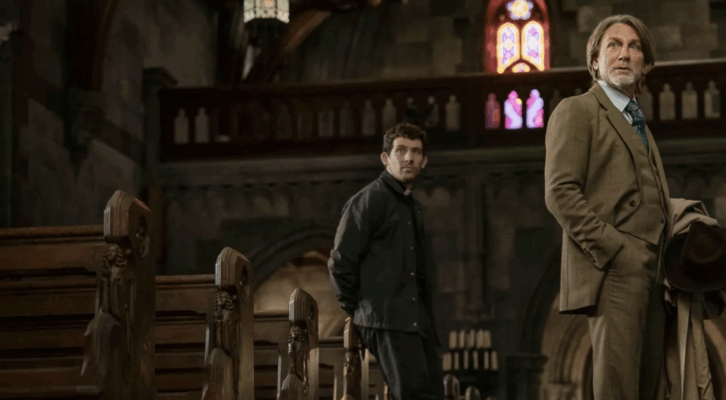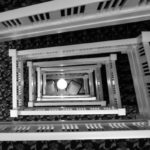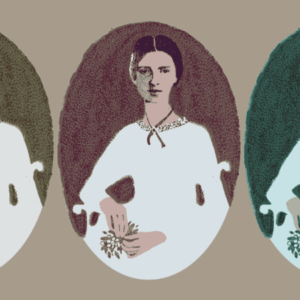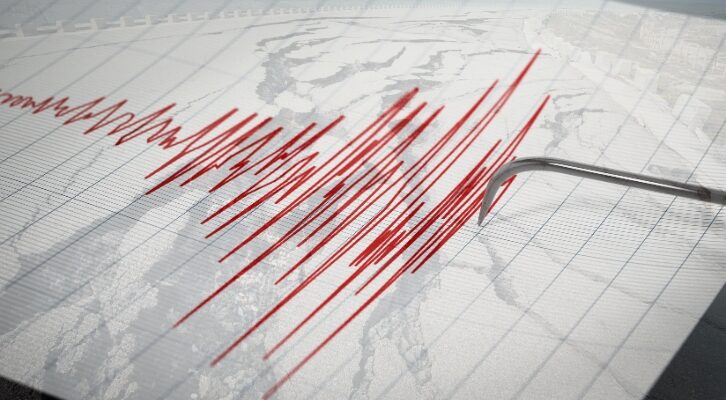
Earthquake Anxiety:
Living—and Writing—in Fear of the Big One
Emma Pattee on Capturing the Human Feeling of Disaster
I did not set out to write a book about a very-pregnant woman trying to survive an earthquake. I did not set out to write a book at all. I was simply a very-pregnant woman with a horrible case of insomnia, lying awake at night imagining a massive earthquake. Would the roof cave in? With my stomach as distended as it was, would I even fit under the bed? Would I have to give birth alone, without running water or a doctor?
I lay in bed on my phone, reading accounts of women giving birth in Haiti after the earthquake, in war zones, during snowstorms. I tried to prepare myself by watching YouTube videos of women giving birth alone in the woods. The volume turned down low so I wouldn’t wake my husband sleeping beside me. Tears streamed down my face.
I wanted so badly to sleep, and the only way to sleep was to know more, but the more I knew, the less I could sleep.
The Cascadia Subduction Zone is seven hundred miles long and runs from northern California to British Columbia. When the two tectonic plates finally get unstuck, it will set off a massive earthquake—magnitude eight or higher. The last one was in January 1700, which means the odds of the big Cascadia earthquake happening in the next fifty years are roughly one in three.
Like so many Portlanders, I had never even heard of the earthquake until I read Kathryn Schulz’s New Yorker article, “The Very Big One,” which detailed with brutal exactness how the earthquake would decimate the region, collapsing bridges, setting off gas fires, damaging seventy-five percent of all buildings in the state. For a day or two after I read the article, I was freaked out.
Like so many Portlanders, I had never even heard of the earthquake until I read Kathryn Schulz’s New Yorker article, “The Very Big One,” which detailed with brutal exactness how the earthquake would decimate the region, collapsing bridges, setting off gas fires, damaging seventy-five percent of all buildings in the state.
But then I moved on. I was in my twenties, trying to build a career as a writer, trying to make friends, trying to figure out adult life.
For years, my earthquake anxiety lay dormant, beneath the surface of my psyche. It popped up sometimes; a friend moved into an third-story apartment in a brick building, and sometimes I would sit on her couch and imagine the building collapsing. She invited me to sleepover and I made an excuse about needing to be home for the dog.
Then I got pregnant. Suddenly, the earthquake was all I could think about.
One day, I was at IKEA shopping for some last-minute baby items and the building started to shake. My entire body went electric. This was it, this was the big one. I was wearing a maternity dress and ballet flats that could barely contain my swollen feet. I left my water bottle in the car. Nobody knew where I was. So this was how it all ended.
Except the shaking wasn’t an earthquake, it was a large truck driving by.
After the building stopped shaking, I knew immediately that I was going to write a novel about a pregnant woman walking home from IKEA after the Cascadia earthquake. And I knew immediately that I wanted every detail in the book to be accurate.
How long the shaking would last. How the IKEA in Northeast Portland would fare during a massive quake. The way heat stroke makes you dizzy, makes you sick. Which bridges will go down. How many minutes before the tsunami wipes out the coast. How much effort it takes to lift a concrete beam off a human body. The way a road looks when it’s been swallowed by liquefaction.
I walked the same route as my main character, through the golf course, through the industrial area, through the neighborhoods of Northeast Portland. I drove over and over to IKEA with my newborn child, to get lost in the warehouse labyrinth. I talked to a geologist, to a structural engineer, to a first responder who was in Kashmir days after the 2005 earthquake, trying to rescue children from collapsed schools.
Every street I mention in the book is real, most of the places I describe are real. The length and severity of the shaking, the devastation of the city, the conditions of streets and bridges, the failure of the power grid and cell towers, the outmatched official response, the danger of brick buildings, the risk of gas fires—I lost hours researching how quickly sprinklers would run out of water after the earthquake.
Sometimes I couldn’t tell if I was trying to write a novel, or just chasing a fear the way my dog chases the scent of a cat. The more I learned, the more I had to know.
Friends, writing teachers, agents, everyone kept telling me I was too worried about getting it right. “It’s a novel,” they told me. “You can just make this stuff up. Nobody is expecting this to be accurate.”
But even if I’d wanted to fictionalize the facts, how could I make up a very real disaster that is coming? Not just coming, but coming to my city, to my neighborhood, to my door? What would be worse, understating the enormity of what this earthquake will do to our city, and letting people feel soothed into apathy? Or overstating it, and terrifying people for no reason? I became obsessed with accuracy.
At one point, I had my main character walking through a hilly neighborhood. Would the entire hill slide south? I told myself it didn’t matter. That I should just write the scene without worrying about it. At this point, I had an agent and a second baby on the way. The reality is that I simply didn’t have the time to obsess.
When the world falls apart around us, we actually realize how much of modern life is isolating and exhausting us, and we get the chance to experience something much more potent and meaningful.
But again and again, I sat down to write and found that I couldn’t. I thought of all the people who lived in those houses, in that neighborhood. How could I guess so casually about the destruction of real homes, of real lives? I ended up spending the better part of a week looking through old survey documents before I finally gave up and hired a graduate student to research the issue.
He wrote me this:
This has taken a good amount of thought. It’s made of sand, gravel, and boulders deposited by the Missoula glacial floods about 15,000 years ago—so it is unconsolidated, basically a pile of rocks. However—it has survived many, many major earthquakes in that time without collapsing. It appears that with the dry soil conditions we have in October (note from Emma: this is when the book is set, so we adjusted outcomes to match likely weather), there shouldn’t be too much landslide activity.
Knowing that the hill would likely be standing, I was able to write the scene.
The more I wrote about the earthquake, the less it scared me. As it turns out, the worst case scenarios that were playing out in my mind simply weren’t supported by the facts. And the facts led me not just to devastation and chaos, but also to a sense of hope and wonder that culminated in a profound optimism about humanity.
Through my research into how humans act during disasters, I came across Rebecca Solnit’s book, A Paradise Built in Hell. Solnit lays out a compelling argument that disasters cause people to experience incredible altruism, connection and even joy. That when the world falls apart around us, we actually realize how much of modern life is isolating and exhausting us, and we get the chance to experience something much more potent and meaningful.
Anxiety about the Cascadia earthquake is not a unique experience. It belongs to thousands of people who live in this region of the world, and many who don’t. I meet these people and we nod silently to each other while people joke around us about “the big one!”
I met a man who had twin babies and he told me that he and his wife made a vow to never both be on the other side of the river from their children. I imagine them sometimes, their days a coordinated dance.
I spoke to a man who cried on the phone because he was so worried about the brick school his children attended. A woman who doesn’t go the Oregon coast anymore. Another woman who told her children that they have to go to college out of state.
At first, I worried that my book, written to relieve my own anxiety, was now the harbinger of anxiety for others. But the more I talk to readers, the more I hear that there is relief in seeing their fears written in black and white, in having the space and excuse to talk about the earthquake with their communities. For me personally, what started as a self-protective obsession has turned into a deep commitment to try and help my city prepare for this disaster.
The other night, I thought I felt the house starting to shake. The earthquake, I thought. But the bookshelves are strapped to the wall. And I leave sneakers beside my bed. If the earthquake is coming tonight, I better get some rest, I thought, and I rolled over and went back to sleep. Because now I know. I know.
______________________________

Tilt by Emma Pattee is available via Simon & Schuster/Marysue Rucci Books.
Emma Pattee
Emma Pattee is a climate journalist and writer from Oregon. She has written for The Atlantic, The New York Times, The Washington Post, The Guardian, and more. She coined the term “Climate Shadow” to describe an individual’s potential impact on climate change. Her fiction has appeared in Bellevue Literary Review, Idaho Review, Alaska Quarterly Review, and others. Her debut novel, Animal Sounds, will be released by Simon & Schuster in 2025.








